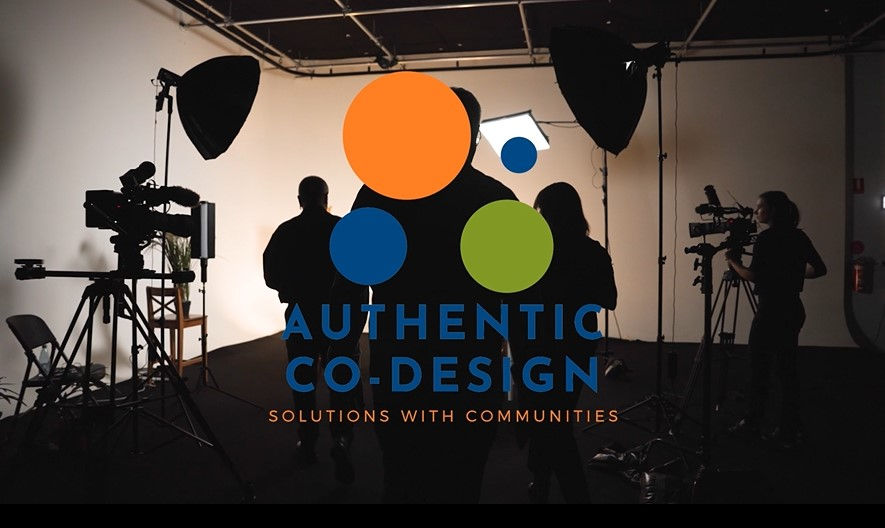Beyond the Box-Tick: Turning Compliance into Connection
- Max Hardy

- Jun 3
- 4 min read
Updated: Jun 5
Australia's regulatory landscape is shifting with new requirements mandating community engagement across the resources sector and local government. The Queensland Government's recent announcement of enhanced regulations for renewable energy projects—including Australia's first mandatory Code of Conduct for renewable energy developers—is indicative of this trend. Whilst some organisations view this as another compliance hurdle to clear, there's an opportunity to build genuine partnerships, even co-design solutions, that benefit everyone involved.
Queensland's recent announcement was in response to conversations with regional communities, who want greater engagement, accessible advice, real choices, clearer information, protection of high-quality agricultural land and greater tangible benefits from the clean energy transition.
The Queensland Government's response includes Australia's first mandatory Code of Conduct for renewable energy developers, designed to "hold renewable energy developers to the highest standards and ensure they engage genuinely with communities, including First Nations groups and landholders" when developing projects.

The Compliance Conundrum
When engagement becomes more highly regulated, the approach of many organisations is to treat engagement merely as a checklist. Hold a meeting? Tick. Send out a survey? Tick. Set up an online engagement platform? Tick. Publish a report? Tick. Job done, box ticked, regulators satisfied.
But this tendency approach misses the point entirely. Communities have well-developed ‘bullshit detectors”, and they're increasingly vocal about it. What's meant to build trust often achieves the opposite, creating cynicism and resistance that makes future engagement even more challenging.
Community Engagement Is An Opportunity (It Really Is...)
Here's what the box-tickers are missing: authentic community engagement isn't just good for communities—it's brilliant for business and governance too.
When done authentically, community engagement delivers:
Better Decisions, Faster
Communities possess local knowledge that no consultant's report can capture. Queensland's experience proves this—locals understood seasonal patterns, freight route constraints, accommodation pressures, and environmental concerns that could make or break renewable energy projects. Engaging authentically from the start means fewer costly surprises down the track. It may involve going slower at the start, but once trust is built, things move much more quickly.
Smoother Operations
Projects with genuine community support face fewer delays, protests, and regulatory challenges. When communities feel heard and valued, they become more like advocates than opponents. As Queensland Farmers' Federation CEO Jo Sheppard noted: "meaningful community consultation starts with genuine intent and commitment, is built on the formation of strong, respectful and effective relationships."
Innovation Through Collaboration
Some of the most creative solutions emerge when diverse perspectives collide. Community members often propose alternatives that are both more practical and more acceptable than the original plans.
Social Benefits (including social licence) That Last
Authentic engagement should lead to tangible, valued benefits and build trust that extends far beyond individual projects. It builds enduring long-term relationships.
From Compliance to Connection: Making the Shift
So, how do you transform a regulatory requirement into a genuine partnership? Here are a few tips:
Start Early, Stay Consistent Don't wait until you're legally required to engage. Build relationships before you need them. Regular, informal contact creates trust that formal processes can build upon.
Listen More Than You Speak Authentic engagement means being willing to empathise and prepared to be influenced by what you hear. If you're not willing to adapt your approach based on community input, you're not truly engaging—you're just consulting.
Be Transparent About Constraints Communities appreciate honesty about what can and cannot change. Being upfront about non-negotiables while genuinely seeking input on areas where there is flexibility builds credibility.
Identify opportunities for co-design There are always constraints, parameters and non-negotiables. However, with more effort or intention, opportunities can be identified for potentially co-designing solutions to various elements of a project. A well-run co-design process will deliver benefits that exceed what many typically expect.
Close the Loop Nothing kills engagement faster than the sound of silence. Communities need to see how their input influenced decisions, or at least been given due consideration when their suggestions couldn't be implemented.
Invest in Relationships, Not Just Events A single community meeting isn't engagement—it's an event. Real engagement requires ongoing relationship-building through multiple touchpoints and channels.
The Australian Context
Australia's diverse communities bring unique perspectives shaped by geography, culture, and history. Indigenous communities, in particular, offer profound insights about land use and sustainable practices that can enhance project outcomes. Regional communities understand local conditions and constraints that city-based planners might overlook—from freight route capacity to accommodation availability to seasonal workforce patterns.
But compliance alone won't unlock these benefits; whereas authentic engagement and co-designing solutions will.
The Bottom Line
Yes, community engagement is now increasingly being regulated. However, viewing it purely through a compliance lens is like using a smartphone solely for making calls—you're missing most of the functionality.
The organisations that will thrive are those that see beyond the box-tick to the genuine opportunity for connection, collaboration, and mutual benefit. The choice for organisations rests with whether they just want to tick the box or build the bridge. The reality often is that if they just want to ‘tick the box’ they will find it much harder to build anything.




Comments